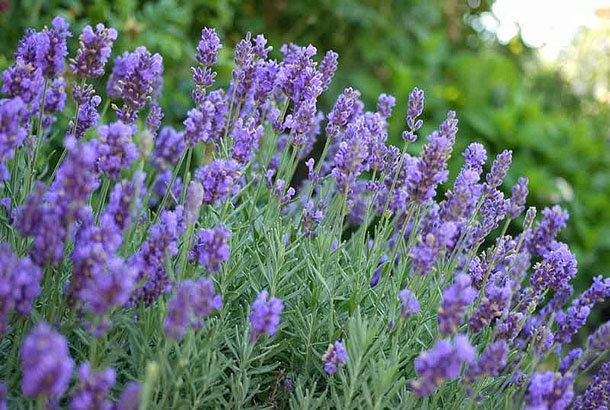
What are the unani benefits, side effects and dosage of lavandula?
Lavandula, commonly known as Lavender, is a popular herb used in Unani medicine for its various therapeutic properties. Lavender is widely recognized for its calming aroma and has been traditionally used to support relaxation and overall well-being. Here’s some information about Lavandula in the context of Unani medicine:
Benefits of Lavandula in Unani Medicine
– Lavandula is traditionally used for its potential benefits in promoting relaxation, reducing stress, and improving sleep quality.
– It is believed to have mild sedative properties, which can help in managing anxiety and insomnia.
– Lavandula is also used topically for its potential benefits in soothing skin irritations and promoting wound healing.
– In Unani medicine, Lavandula is occasionally used for its potential antimicrobial and anti-inflammatory effects.
Side Effects of Lavandula
– Lavandula is generally considered safe when used as directed. However, some individuals may experience mild side effects or allergic reactions.
– Skin irritation or allergic dermatitis may occur in sensitive individuals when using Lavandula topically.
– Ingesting Lavandula oil or extracts in large amounts may cause digestive upset or other adverse reactions.
– Lavandula should be used with caution by pregnant or breastfeeding women. It’s advisable to consult a healthcare professional before using Lavandula during pregnancy or while breastfeeding.
Dosage
The appropriate dosage of Lavandula may vary depending on various factors, such as the specific condition being addressed, the form of the preparation (essential oil, tea, or extract), and individual factors. It is recommended to follow the instructions on the product packaging or consult with a qualified Unani practitioner or a healthcare professional for appropriate dosage guidance.
Ingredients and Composition of Lavandula
Lavandula contains various bioactive compounds that contribute to its potential medicinal properties. Here’s a simplified tabular representation of its key components.
|
Compound |
Percentage Range |
|
Linalool |
20-35% |
|
Linalyl acetate |
20-40% |
|
Lavandulyl acetate |
1-5% |
|
Caryophyllene |
1-8% |
|
Lavandulol |
Trace amounts |
|
Terpinene |
Trace amounts |
|
Cineole |
Trace amounts |
Please note that these percentages and composition may vary depending on the Lavandula species, growing conditions, and extraction methods.It’s important to remember that Lavandula is generally considered safe when used in moderation and in the recommended dosage. However, if you have any specific health concerns or medical conditions, it’s advisable to consult with a qualified Unani practitioner or a healthcare professional before using Lavandula or any herbal remedies.
